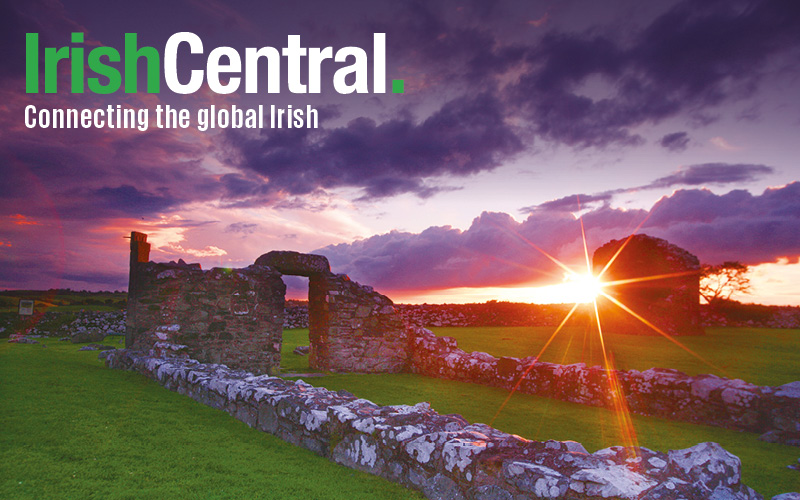Take a walk along Bridge Street in Brooklyn this week and you’ll be walking on hallowed ground, if ground where the Irish have lived and died for generations can be called such -- and I believe it can.
Much of the history of the Irish in this city is already lost to time, mainly because it happened to people who were considered of little consequence. That’s why the places where they once lived like Irishtown (settled by the Great Hunger Irish) in Brooklyn figure so little in the recorded history of the city now.
Tell the truth, would you know where to find it yourself today? Irishtown was an epicenter of our ancestors’ lives in this city for decades, but it’s been effectively lost to our recall.
Some of that silencing was intentional, and some of it was compounded by the hard and lives the Irish often lived here. Subsequent generations often placed a genteel veil over their ancestor’s rough experiences, usually out of shame or sorrow, or because they found the few remaining links to those pasts had been fatally severed by the transformative journeys that their forbearers had undertaken.
People who live through communal trauma often cope with it by looking forward and refusing to back. If so many of our American ancestors stopped speaking about the 19th century it’s because many of them thought they were lucky enough to have survived it. The cost had been high, sometimes too high, and so too painful to speak of.
It’s important to remember that they hadn’t just fled poverty; they had fled horror. The Great Hunger had hit Ireland like a low level nuclear strike after all. It was the greatest social disaster of the 19th century in Europe and it decimated the population of the island (the numbers have still not recovered by 2016).
So when accomplished Irish American writers address the lives and experiences of the early 20th century Irish in New York they are recording, but also in a deeper sense reclaiming, a lost heritage.
This is painstaking work that’s worth celebrating in its own right, but then to give us a vivid portrait of these flinty people in all their complexity and courage is a thing to cheer about.
Exile on Bridge Street, author Eamon Loingsigh’s new novel, is a follow up to Light of the Diddicoy, and it’s a high wire act of creativity and reclaimation that deserves the widest possible audience.
When it opens our hero, 16-year-old Liam Garrity, is living a hard knock life in pre-Prohibition Brooklyn, where he works ceaselessly to raise the cash to bring his family to America out of harm’s way.
To survive Garrity joins a gang in Irishtown located between the Brooklyn and Manhattan bridges, the violent haunt of crooks on the make, which turns out to be an ideal place to find himself as he finds himself.
The irony is that in order to get by in his new found home he has to fight a battle with a rival gang that grey mirrors all the bitter battles fought at home in Ireland.
History tells of the Irish leaving behind a ravaged nation, but it usually has much less to say about the conflicts that erupted as soon as they placed their feet on this contested soil. Loingsigh wants to redress that with his latest (which is part of a planned trilogy).
A hymn to New York and the dream of America, as well as a clear-eyed depiction of the nightmares that often lay in wait here too, it’s a richly detailed invocation of a time and place that has directly contributed to our own.
Perhaps Loingsigh’s skill is best explained by his personal implication. His family emigrated here from Co. Cork in the late 19th century and his grandfather became a so-called sandhog, one of the crew that dug the New York subways. He later opened a longshoreman’s haunt in Greenwich Village in 1906 that remained in business (and in family hands) through the late 1970s.
The poet Czeslaw Milosz once wrote that “when a writer is born into a family, the family is finished,” but Loingsigh’s increasingly ambitions trilogy suggests that for one particular Irish American family the memory of how they lived and loved will never be forgotten.
* Three Rooms Press, $15.95.




Comments